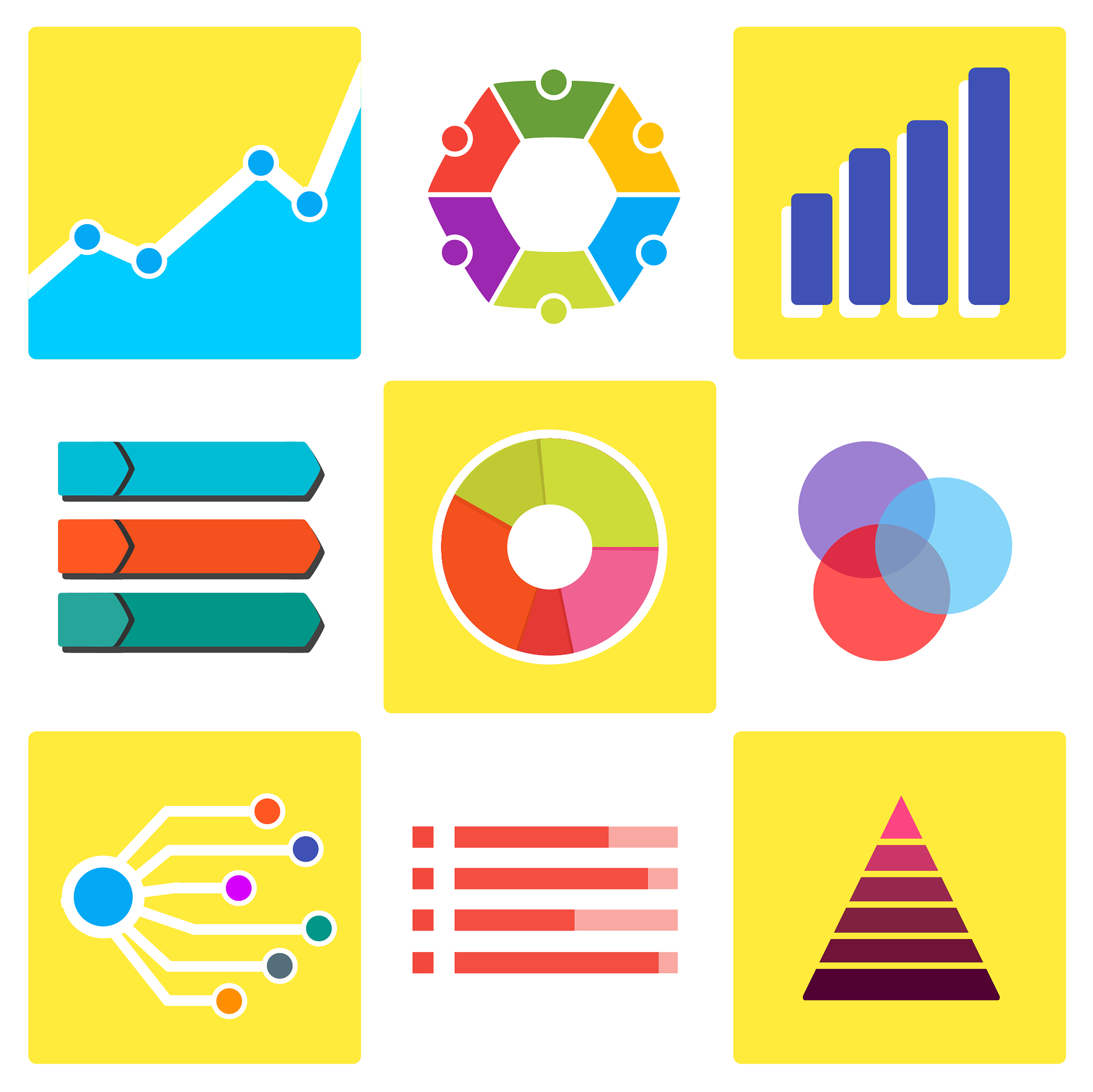News & Insights related to Organizational agility

Creating value from big data
Big data is heralded as the next big thing for organizations to gain a competitive edge, and it has become the focus of academic and corporate investigation due to its high operational and strategic potential. However, many big data projects provide disappointing results. It is therefore important to understand the mechanisms and processes through which big data can add value to organizations.

The productivity paradox of information technology
The productivity paradox of information technology refers to an observed inconsistency between technological advances and productivity growth. Many studies show that information technologies have no effect on performance in an off themselves – rather, they must be combined with other organizational resources to create competitive advantage.
Organizational agility
Information systems strategy
IT and innovation
Business – IT alignment

Responding to disruptive digital innovation
Digital innovations challenge the existence of traditional organizations and cause severe systemic effects in industries and markets. Building capabilities to respond to such digital disruptions is therefore a central concern for many organizations.
Organizational agility
IT and innovation
Digital transformation
Digital leadership
Topics